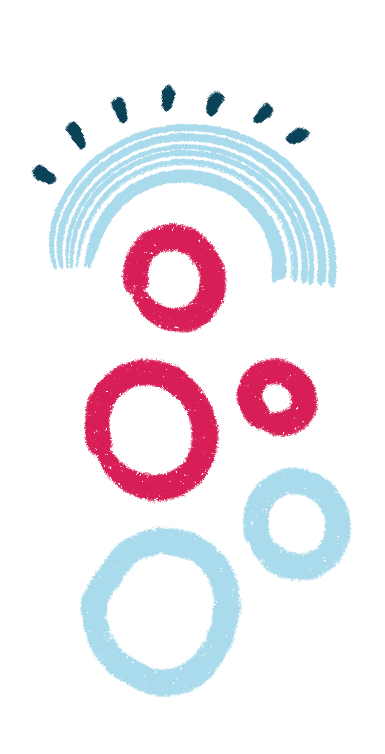The project management process is where Language Service Providers (LSPs) can offer the most value. Project management involves managing resources strategically and efficiently. The goal is to ensure that tasks can be completed within deadline and the clients receive quality deliverables. Resources include people, time, technology, and budget. With a systematic framework that includes initiating, planning, and executing, project management is often recognized as a core function of an LSP. Furthermore, project management allows LSPs to meet the needs of their clients and consistently deliver quality projects.
The Process
Every client and project has its own unique scope and specified criteria. The typical project management process flows as follows:

- The Account Manager (AM) receives the project from a client, analyzes it, and asks any questions that may arise from the team.
- Next, the client receives a quote. To align with requirements from ISO 17100, there must be a clear agreement on deadlines, language pairs, resources, etc. After both parties align, the AM passes the brief to the Project Manager (PM).
- The PM reviews the request and takes into account all instructions and requirements from the client. The PM plays a vital role in crafting a strategy and approach to reach these goals. This includes selecting the proper Computer Assisted Translation (CAT) tools that fit the needs of the project. The PM also decides which translators work best for the scope and if subject matter experts need to be assigned. To select the appropriate team, the PM takes into account additional requirements from ISO 17100.
- After ISO 17100 requirements have been met, the PM assigns the project to the appropriate linguists.
- During the process, the PM relies on project management technology to oversee every step. Terra has developed a proprietary management portal called TerraSoft. The software allows PMs to track project status from start to finish and ensure the highest quality in their deliverables. The objective is to build effective channels of communication between the linguistic team and the AM at every stage of a project. Failure to properly manage a project can result in poor quality work and unanticipated delays.
- The completed project is delivered to the client by the AM. The AM keeps track of the client’s responses or comments ready to share feedback with the team.
Why is an experienced project management team important?

Regardless of size, there are many moving parts and varying degrees of difficulty to a translation project. A seasoned AM and PM are imperative for the execution of every successful project. AMs and PMs skillfully navigate and coordinate efforts so that delivery is made on time and with the highest quality. Communication is a crucial element to this coordination, therefore, AMs and PMs must be well-organized and effective communicators.
Although more and more functions of project management are being automated as technology evolves, AMs and PMs provide a “human element” that is essential and can never be outsourced. Overvaluing technology can lead to gaps in genuine connection and no opportunity to build rapport with clients. Additionally, unlike machines, AMs and PMs develop expertise in identifying key, high-performing teams of translators, editors, and quality managers to meet project requirements.
Lastly, the AMs and PMs strategically analyze each project with a focus to efficiently maximize budget. This includes identifying repetitive text and creating translation memories for future leverage. They must also ensure a termbase is created and maintained so that it, along with the translation memory, become assets for the client and linguists. Proper maintenance and updates to these resources have a positive impact on the quality of the final project.
Why does ISO compliance guide project management?
The ISO standard is a globally approved management process. ISO requirements are important throughout the process to properly guide the team toward the highest quality of work. ISO cultivates continuous growth and improvement through guidelines, planning, monitoring, and verifying. These integral guidelines also promote consistency and client satisfaction. Dedicated to strengthening our practice, we proudly earned an ISO 17100 Certification.
To learn more on why the ISO 17100 Certification is a valuable recognition in the industry, read It’s Official! We’re ISO 17100 Certified.









